HISTORY OF MURUGAN – WHY IS HE CALLED TAMIL GOD?
“Kundru Irukum Idemellam Kumaran Irupan“, conveys “Wherever there is a hill, Lord Murugan will be present,” reflects the widespread devotion to Lord Murugan across hills and temples. There is lot of story associated with Murugan, but here we start with a famous story involving a dispute between his parents, Lord Shiva and Goddess Parvati, over which of their sons would complete a task first. Murugan, eager to prove himself, set out to circle the world, while his brother Ganesha, using his wisdom, circled their parents instead and won. Disappointed, Murugan distanced himself and traveled south to Tamil Nadu, where he was embraced by the people as their warrior god. This marked the beginning of Murugan’s independent journey and the creation of his own legacy.
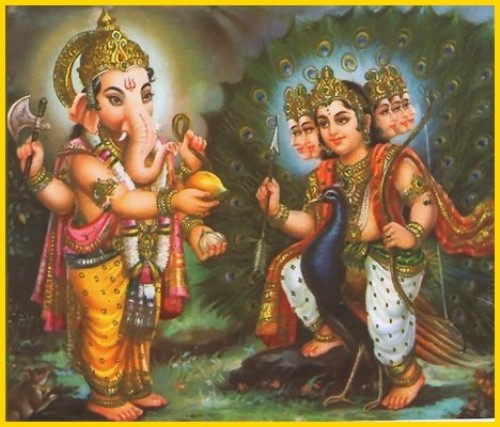
He is revered not just for his strength and valor but also as a god of wisdom and protection. As Murugan history progressed, his influence spread far beyond India, with significant worship in countries like Sri Lanka, Malaysia, and Singapore, where festivals like Thaipusam are dedicated to him. His temples, such as Palani and Thiruchendur, are renowned centers of worship.
Lord Murugan’s story shows how challenges can lead to new beginnings. His journey from the north to the southern hills of India represents the creation of his legacy as a symbol of courage, devotion, and Tamil pride, celebrated across the world.
BIRTH HISTORY OF MURUGAN
While there are a lot of stories associated with the birth history of Murugan, there is one very popular view that says that Lord Shiva at one point of divine strength, released a fiery energy from his third eye. He gave over this sacred fire to Vayu Bhagavan, the god of wind. Vayu took over the fire and put it in the Saravanapoykai, where it became six rays of light. These six rays he found to be later fostered by the six Karthigai maidens, who are six celestial nymphs. Each of the flames assumed the form of six divine children. When Parvati, the mother goddess, wrapped all six children within her body at the same time, they became one form and began manifesting themselves as Murugan, the god who has six faces.

This is one of the landmark events in the history of Murugan, particularly in South Indian tradition, as Murugan is worshiped there as the “Lord of the Eyes,” meaning he sees everything and has divine wisdom. Two consorts are also unique to Murugan, that is, Deivanai and Valli, who symbolize two different streams of devotion and love. Therefore, the history of Murugan underlines his divinity and his profound importance in Tamil culture and spirituality, a reason why millions revere him.
The History of Murugan is a powerfully evocative story, putting together mythology, culture, and spiritual meaning into one history that captures the identity of the Tamil people. Today, as the “Tamil God” or “Tamil Kadavul“, Murugan occupies a singular place in Tamil consciousness, embodying valor, wisdom, and protection. His love for Tamil heritage, language, and culture goes beyond the worship of a divine god; hence he remains one of the rarest gods with a history well-founded into the Tamil lifestyle. Through this enhanced content, we will explore the many facets of Murugan history, including his role in Tamil mythology, his cultural significance, and his enduring legacy in Tamil society. While there are many gods in Hinduism and other religions around the world, Murugan holds a special place in the hearts of Tamil people for several key reasons. These reasons are his deep cultural connection, role as a protector in Tamil mythology, significance in Tamil literature and festivals, and his embodiment of Tamil values and traditions. Let us explore those key reasons in detail:
1. Cultural Expression Through Language
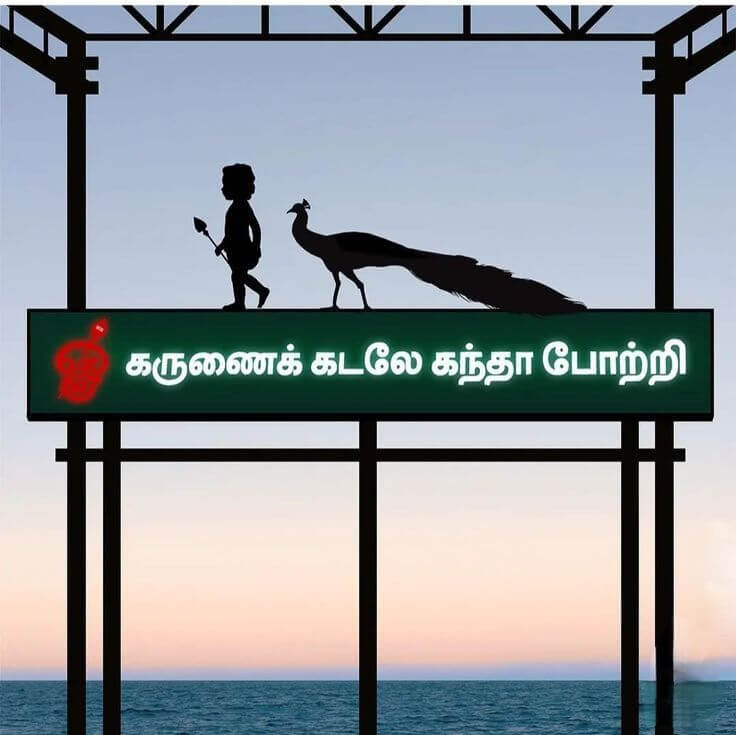
Perhaps one of the most compelling reasons Murugan is worshipped as a god among the Tamils is because of his close affinity with the Tamil language and culture. The god is known as “Tamil Kadavul” or “God of the Tamil People,” so his influence permeates through all Tamil literature, art, and spirituality. The history of Murugan traces its lineage way back to ancient Tamil texts such as the Tolkappiyam, the oldest extant Tamil grammar text, which references Murugan as Seyon and highlights his deep connection with the Kurinji landscape. In Sangam literature, Seyon is celebrated in texts like Paripadal and Thirumurugatrupadai. Here, Murugan as Seyon is depicted as the youthful god, known for his beauty, strength, and bravery. While the title of the Tamil God brings to mind the religious importance attached to him, it also goes well with the patronage attached to Tamil culture. He was a master who enriched Tamil literature, music, and art, making him an extremely powerful symbol of Tamil identity. Unlike all other gods and goddesses,
Murugan’s affinity for Tamil is singular. He doesn’t just embody the spiritual power but also the cultural pride of the Tamil people. His omnipresence in classical Tamil literature and the continued reverence for him in modern Tamil cultural expressions further underlines his importance in Tamil society.
2. Murugan in the Heart of Tamil Mythology
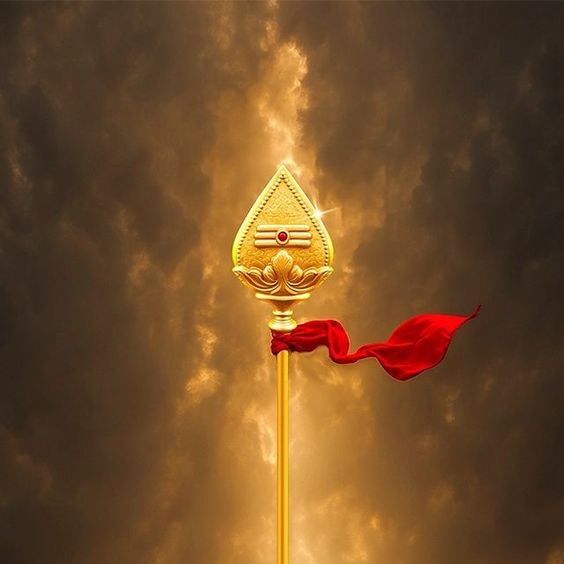
The Murugan history is deeply rooted in Tamil mythology, where he is celebrated not just as a warrior deity but as a guardian of the Tamil people. His birth, according to the myth, comes from the sparks of Lord Shiva’s third eye, thus making his birth an important event in Tamil folklore. Murugan’s best-known victories were over mighty demons like Tarakasura and Surapadma and are well known for metaphors in the triumph of good over evil. His leadership of the divine army, the Devas, along with his title as a warrior god, further pinpoints him as important in Tamil mythology. In Tamil Nadu, the stories of Murugan’s bravery and leadership have a unique place in the collective consciousness. He is more than just a warrior god; he is seen as a protector of Tamil righteousness, culture, and tradition. His battles and victories, particularly those involving his divine spear, the Vel, are retold in various forms, from classical poetry to modern cinema, making Murugan a timeless figure of Tamil strength and virtue. The history of Murugan is thus not only a religious account but also a cultural one, where his deeds are celebrated as symbols of Tamil resilience and honor.
3. The Six Abodes of Murugan in Tamil Nadu
In Tamil Nadu and other Tamil-speaking regions, Murugan temples are abundant, each hosting various forms of worship. Devotees engage in rituals such as carrying the Kavadi, performing the Alagu ceremony, bearing the Pal Kudam, tonsuring their heads, and embarking on foot pilgrimages. The presence of Murugan temples and the practice of worshiping Murugan are particularly widespread in Tamil Nadu.
A central aspect of Murugan history is the “Six Abodes of Murugan,” which are revered pilgrimage destinations, each holding unique significance in the history of
Murugan:
* Tirupparang Kunram: This sacred site is celebrated as the place where Murugan, after his victory over the demon Surapadma, married Deivanai, the daughter of Indra.
* Tiruchendur: This temple marks the spot where Murugan triumphed over Surapadma. It is here that Murugan raised his victorious flag following the battle.
* Palani: Known for its distinctive narrative, this shrine features Murugan as Dandayuthapani, who not only defeated the demon Mangkani but also emerged victorious in a contest against Ganapati.
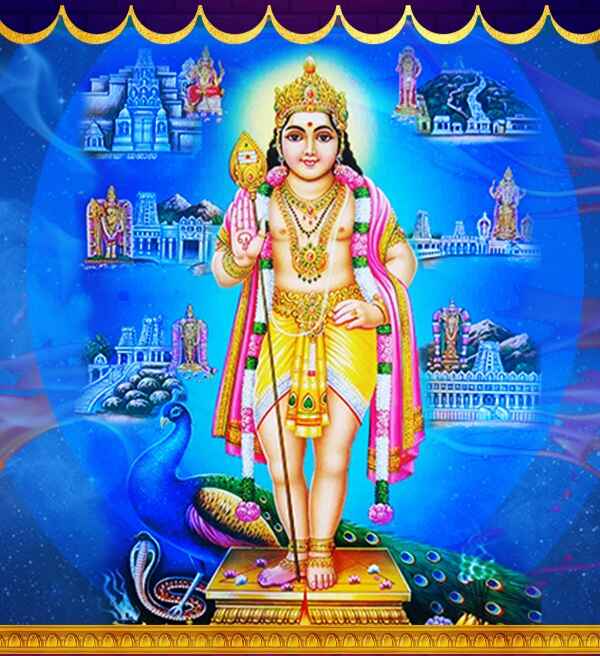
* Swamimalai: At this temple, Murugan is revered as the divine teacher who imparted the sacred Pranava mantra to his father, Lord Shiva.
* Tiruthani: This site commemorates Murugan’s defeat of the demon Suran, after which his anger subsided and he married Valli, the daughter of a hermit.
* Pazhamudhir Solai: Celebrated for Murugan’s act of dropping fruits for the saintly sage Avvai, this site also depicts him with his consort, Valli.
Beyond these Indian temples, the Subramaniam Temple in the Batu Caves of Malaysia is also of great significance. Here, festivals like Thaipusam are celebrated with immense devotion and enthusiasm, reflecting the global reach and importance of Murugan worship.
4. Murugan: The Divine Protector of Tamil Warriors
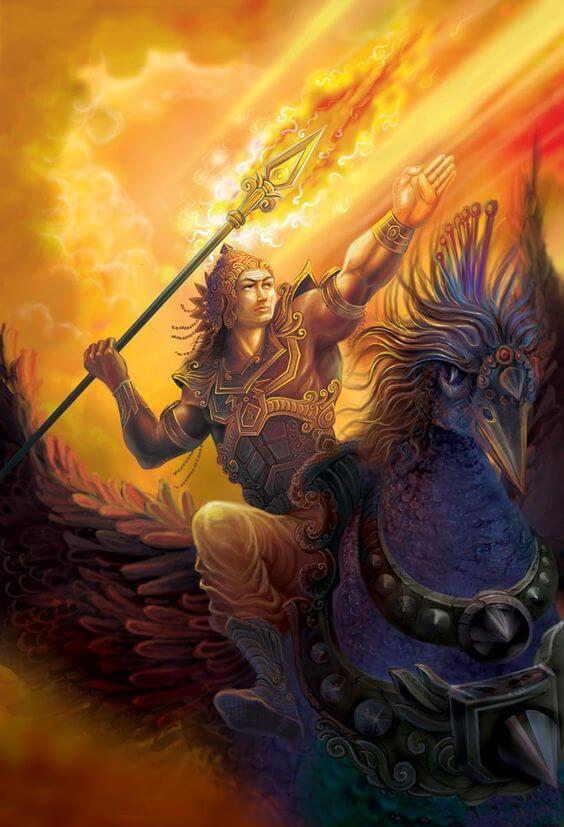
In ancient Tamil society, Murugan was the patron god of warriors. His strong association with valor, warfare, and victory made him a symbol of protection for Tamil kings and soldiers. Many Tamil kings, especially those in the Sangam era, secured the blessings from Murugan before embarking on any kind of battle, believing that his divine intervention would ensure their success. His spear, the Vel, became a symbol of victory, and it is to date. His role as the god of the Tamil warrior has far-reaching appeals beyond simply mythological; he finds mention in ancient Tamil literature wherein the safeguarding of warriors is sought before embarking on battles. The extent of Murugan’s might regarding the handing over of courage and energy is strongly rooted in the psyche of Tamil kings and warriors, who regard him as the ultimate protector of the Tamil land. Also, his status as a war god and protector makes him more solidified as the Tamil god, as he embodies the spirit of valor and resistance in Tamil culture.
5. Divine Association: Murugan and Tamil Festival Celebrations

Murugan’s significance is further magnified through the grand festivals that are held in his honor, particularly Thaipusam and Panguni Uthiram. Festivals more often showcase colorful processions and acts of devotion – the carrying of heavy kavadis, which are burdens, by devotees, symbolizing acts of penance and thanksgiving to Murugan. Thaipusam falls during the Tamil month of Thai, which is the day when Murugan was granted the sacred Vel by his mother, Goddess Parvati. The Kavadi procession, or the rearing of intricate structures on shoulders, speaks of the dramatic and emotionally procreative course of faith the devotees reflect in Murugan. This festival assumes greater significance within the Tamil diaspora as it enlivens the spirit of community and cultural pride. Murugan history is associated with these festivals and reveals the wonderful aspects not only about his divinity but also about the emotional bonding between Murugan and Tamil.
6. Protector of Tamil Poets and Farmers
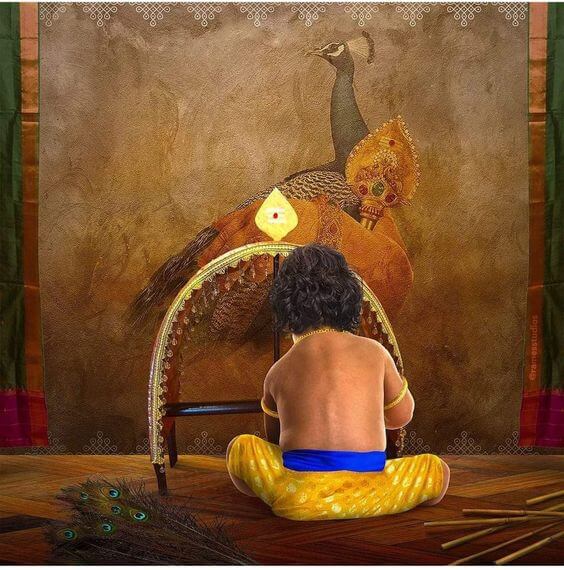
Besides being the god of warriors, Murugan is also known as the protector of Tamil poets and farmers. In Sangam poetry literature, Murugan is called upon particularly in homage to his wisdom and benevolence. Tamil poets, who were often the custodians of Tamil culture and language, saw Murugan as a guiding force. His association with poetry and literature is so strong that he is often referred to as the god of Tamil Sangam literature. Similarly, in rural Tamil Nadu, Murugan’s blessing is long cultivated to have a good
harvest. As a god connected to nature and fertility, Murugan holds a huge significance in the agricultural traditions of the Tamils. Even today, people in rural Tamil Nadu consider him their god protector who will prosper both their crops and their livestock.
7. The Symbolic Link between Murugan and the Tamil Script
In Tamil tradition, language has a deep association with Murugan, called Lord Karthikeyan or Skanda. The Tamil writing consists of 12 “Uyir Ezhuthukkal” which are said to represent the 12 eyes of Murugan, who is sometimes manifested as six-faced. Tamil also comprises 18 “Mei Ezhuthukkal” that represent his six faces and twelve hands. This metaphorical representation portrays the incorporation of Murugan’s qualities within the Tamil language. Tamil Grammar is categorized into parts like “Valinam” which denotes consonants, “Melinam” which is the subset of vowels, and “Edayinam” which are semi-vowels; all of them consist of six alphabets each. This categorization also relates Murugan with Tamil, as it presents how his godly qualities are interwoven within the entity of Tamil’s linguistic traditions. It adds to the history of Murugan and depicts its importance in Tamil culture.
8. Representation In Tamil Literature and Art
Murugan’s presence in Tamil literature and art is both profound and enduring. From the ancient Sangam poems to modern Tamil cinema, he has been a central figure in all forms of Tamil cultural expression. His six faces, divine peacock, and Vel are recurring symbols in Tamil art and music, representing his multifaceted nature as a god of wisdom, war, and protection. In Tamil cinema, Murugan is often portrayed as a heroic figure, further popularizing his image among modern audiences. The Murugan history is thus not only preserved through religious rituals and festivals but also through literature, music, and art. His enduring presence in Tamil cultural expressions reinforces his role as the Tamil god, deeply connected to the values and traditions of Tamil society.
The history of Murugan is a testament to his unique and unbreakable bond with the Tamil people. Though Hinduism celebrates many gods, Murugan stands apart as the god who embodies the spirit, values, and cultural pride of Tamil Nadu. His significance goes beyond religious worship—he is the protector of Tamil language, culture, and traditions. Through his divine actions and attributes, Murugan continues to inspire and unite Tamil people across the world, making him not just a god of the past but a living symbol of Tamil identity
Related Articles: Who Can Defeat Lord Shiva?


